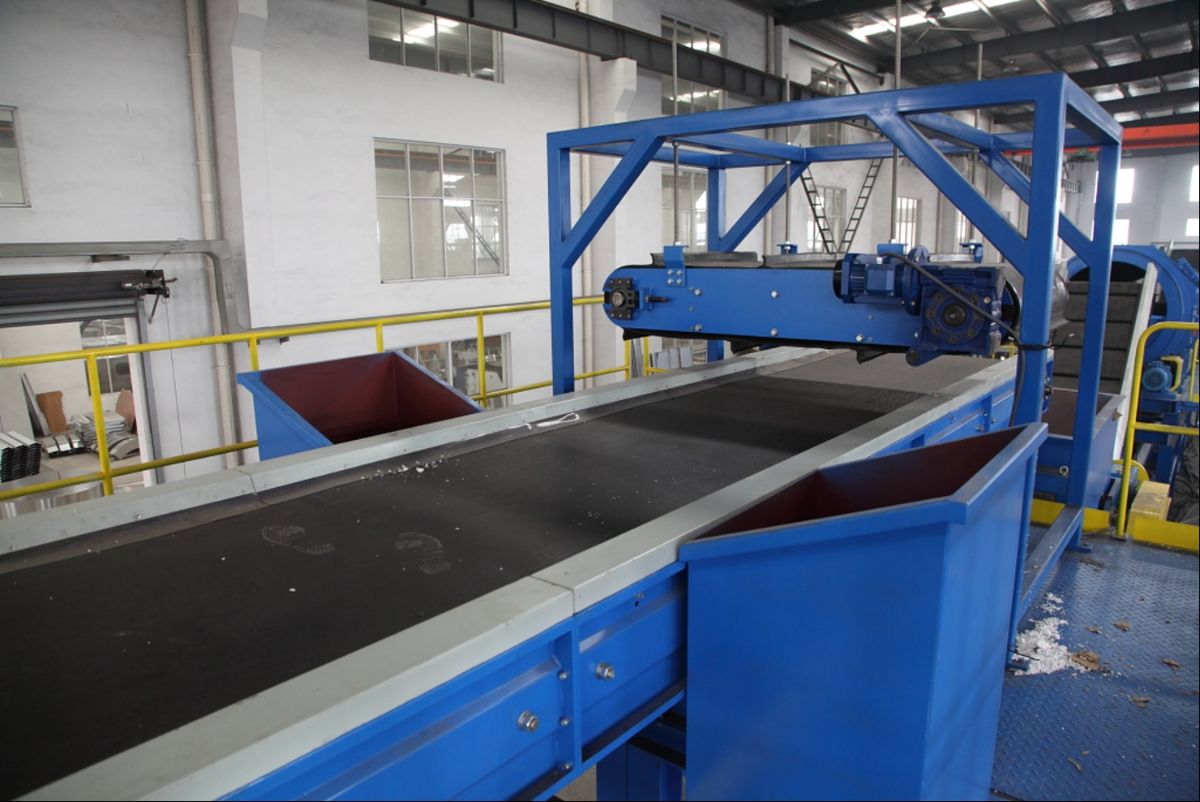Introduction
A Magnetic Separator is a device used in various industries, especially in recycling and mining, to remove magnetic materials from a flow of non-magnetic substances. This tool plays a pivotal role in the purification and sorting of materials, significantly contributing to resource recovery and recycling processes.
How It Works
Magnetic Separators use magnetic fields to attract and remove ferrous metals from a mixture of materials. The basic principle involves passing the material mixture over a magnet or through a magnetic field. Ferrous metals respond to the magnetic force and are separated from the rest of the material. The specific design and operation of a Magnetic Separator can vary depending on the type of material being processed and the desired level of separation.
Types of Magnetic Separators
- Overband Magnetic Separators: Installed above conveyor belts to remove large ferrous contaminants.
- Drum Magnets: Cylindrical drums with a magnetic field used to separate ferrous materials.
- Magnetic Pulleys: Integrated at the end of conveyor belts; they function as head pulleys providing continuous magnetic separation.
- Eddy Current Separators: Utilize a magnetic field to separate non-ferrous metals through the creation of eddy currents.
Key Applications
- Waste Management and Recycling: Separates ferrous metals from municipal solid waste, enhancing recycling efficiency.
- Mining and Quarrying: Used for the separation of iron ores or to purify non-metallic minerals like quartz.
- Food Industry: Removes metallic contaminants from food products to ensure safety and quality.
- Manufacturing: Purifies raw materials and protects machinery from metallic debris.
Advantages
- Efficient Separation: Capable of handling large volumes of material and effectively separating ferrous metals.
- Cost-Effective: Reduces processing time and enhances the value of recycled materials.
- Protects Equipment: Prevents machinery damage by removing metal contaminants.
- Environmental Benefits: Plays a significant role in reducing landfill waste by facilitating recycling.
Maintenance and Operational Considerations
Regular maintenance is essential for the effective operation of Magnetic Separators. This includes checking the strength of the magnetic field, cleaning the magnetic surfaces, and ensuring mechanical parts function correctly. Operational considerations include the placement of the separator, the speed of the conveyor belt, and the depth of the material layer.
Conclusion
Magnetic Separators are indispensable in modern recycling and waste management processes. Their ability to efficiently sort and remove ferrous materials from a variety of mixtures makes them a key component in achieving higher purity levels in recycled products and contributes significantly to environmental sustainability efforts. As technology advances, these separators are likely to become even more efficient and integral to material recovery processes.
INQUIRIES
To get the latest prices and lead times, send us a message using the form below.



